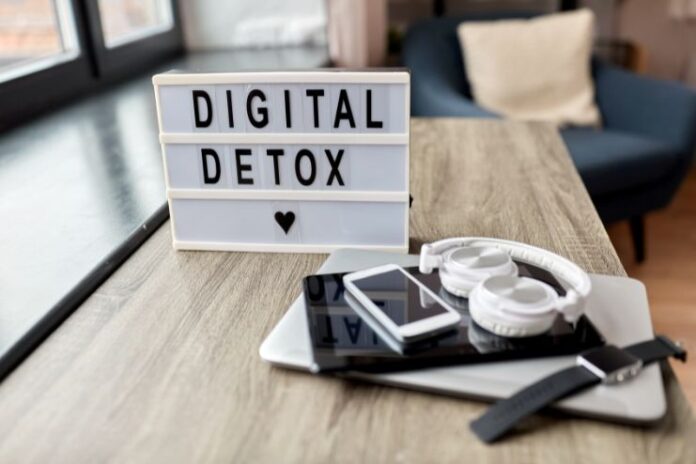AI Contribution
At HealthSpectra, we may use AI to refine grammar and structure, but every piece is shaped, checked, and approved by real people, our expert writers and editors, to ensure clarity, credibility, and care. Learn more..Affiliate Disclaimer
Some links in this article are affiliate links. We may earn a small commission if you make a purchase through these links, at no extra cost to you. We only recommend products we find useful to our readers“I didn’t think I was addicted—until I tried putting my phone away for a week.”
This line stayed with me as I shut down my phone on a quiet Sunday night. Like many, I believed I had a healthy relationship with my phone. I wasn’t scrolling through TikTok at 3 a.m., posting every meal, or wasn’t fixated on being “in the know.”
But I couldn’t shake the restlessness when I left my phone in another room. Or the ghost buzz I’d imagine, even when it wasn’t there. The constant, low hum of distraction had become my norm, and I was curious to know what it would feel like without it.
This was the beginning of my 7-day digital detox, a deliberate pause from social media, email, and the endless scrolling. I decided to try this experiment to see how it would impact my mental and emotional health, as well as my productivity.
Read More: Digital Detox: 6 Steps to Healthy Screen Habits for the Entire Family
Why I Decided to Do a Phone Detox
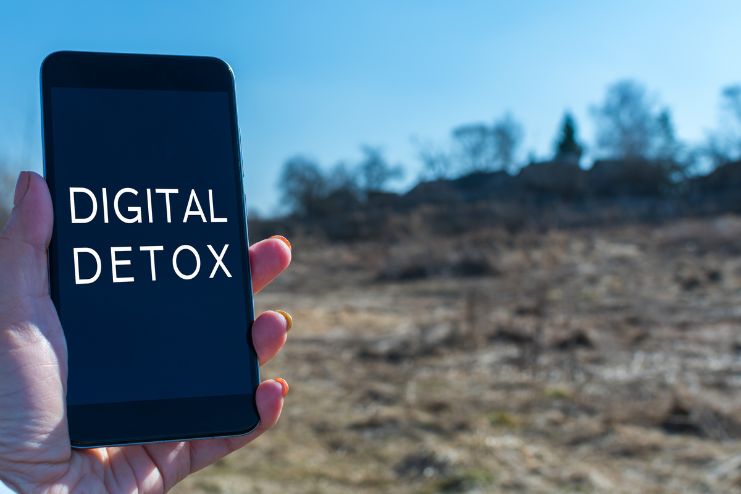
It wasn’t any one big event that pushed me into this—it was the buildup of little things.
I’d finish a work task, only to waste 30 minutes aimlessly flipping between apps. I’d go to bed late after falling into a scroll spiral. Even during conversations, my hand would twitch toward my phone. The worst part? It all felt normal.
I found some articles that resonated with what I was going through. One individual on Medium wrote about feeling clearer and calmer after a few days of not having their phone. Another wrote about their screen exhaustion as a kind of digital burnout that resonated deeply with me.
Read More: Unplug and Recharge: The Benefits of a Digital Detox for Mental Well-Being
My Ground Rules for the 7-Day Challenge
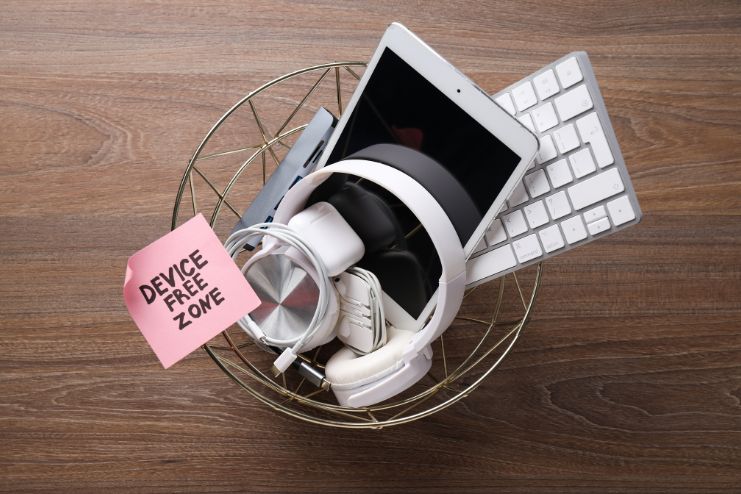
If I were going to do this, I needed clarity. So I created a framework with boundaries that felt both doable and firm:
- No Social Media: Deleted Instagram, X, LinkedIn, and YouTube.
- No Email Outside of Set Times: Once in the morning, once in the evening—no more.
- Essential Use Only: Only calls, messages, maps, calendar, and banking apps are allowed.
- No Mindless Browsing: News, blogs, or Reddit scrolling? Off-limits.
- Keep A Log: Tracked cravings, emotional shifts, and how I spent my time.
This wasn’t a punishment. It was a recalibration.
Day-by-Day Reflections
Here are my reflections that I observed throughout the 7-day digital detox.
Day 1–2: Twitchy Hands, Phantom Pings
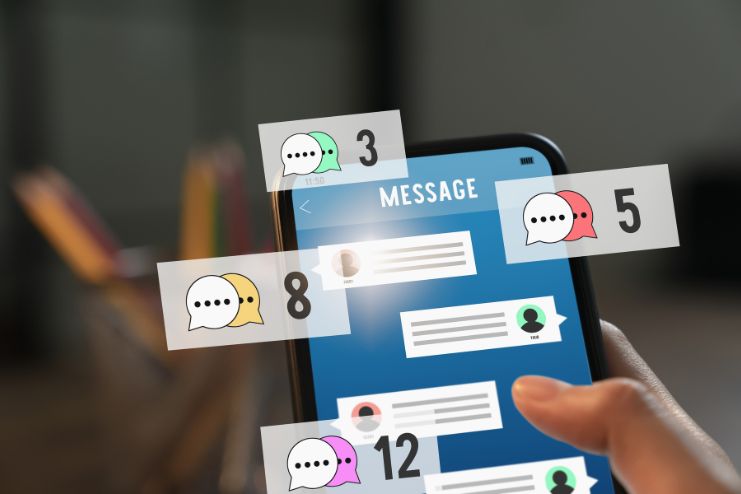
The first two days were tougher than expected. I reached for my phone all the time—when I stopped work, when I was on the couch, even at meals. It wasn’t boredom. It was muscle memory. Every little pause in activity had become a cue to check something.
I caught a glimpse of something referred to as “phantom vibration syndrome,” which I would later find is a real phenomenon. My mind kept experiencing buzzes that didn’t exist. Eerily. Telling.
I was restless and confused. I missed the pretense of feeling “plugged in.”
The desire wasn’t for content, but for escape.
Day 3–4: More Clarity, Less Static
By the third day, I was more relaxed in the mornings. I wasn’t jolted out of bed by a burst of notifications or a news headline that sent me into a panic. Instead, I stretched, journaled, brewed tea, and read a few pages of a book.
The silence? It had been absent for years.
No more comparing myself to others. No posts to compete with. No opinions to get angry about. Just me, my space, and the quiet rhythm of real life.
I won’t pretend—there was still some lingering FOMO. However, now I felt I was more in control of my actions and decisions. I was happy that I was deciding rather than responding.
Days 5–6: Deep Work and Rediscovered Hobbies

This was when the magic set in.
I started to have profound, uninterrupted chunks of work done. I completed a writing assignment that had been pending for weeks. In the absence of digital notifications, my brain was not task-switching every five minutes. I felt smarter, more centered.
In the evenings, I cooked elaborate meals, went for long walks, and, shockingly, picked up a sketchbook I hadn’t touched in years. Creativity trickled back as now my mind wasn’t constantly overstimulated.
I also started noticing how everyone else was on their phones—at cafes, in elevators, even while walking their dogs.
I wasn’t just unplugging—I was waking up.
Day 7: A Quiet, Connected Presence

By the seventh day, something had changed—quietly, but definitively.
I woke up in the morning without feeling the customary pull to scan for anything. No notifications to scroll through, no red dots impatiently demanding my attention. Just quiet, light, and an unexpectedly profound of completeness.
There was more space in my mind, not just less noise, but room for thoughts to stretch out, to breathe. I wasn’t reacting or rushing. I was simply being, and it felt like coming home to a version of myself I’d forgotten.
I brewed my tea and sat by the window, quite literally doing nothing. No scrolling. No planning. Just observing the way the light poured through the curtain. It sounds funny, but it was true. The silence wasn’t dull—it was sustenance. It was a reminder that we can only allow things in our lives if we want to. Which, in this case, was a digital device for me.
I took a walk later in the day and found myself paying attention to things again—the crunch of gravel beneath my feet, the scent of jasmine, the ring of someone’s laughter from a balcony across the street. Things I’d walked past a hundred times, but never noticed.
And that’s when it hit me: The biggest change wasn’t what I’d cut out. It was what I’d finally let in.
Read More: Can Too Much Screen Time Cause Early Puberty? What Science Says
The Subtle but Powerful Benefits I Noticed
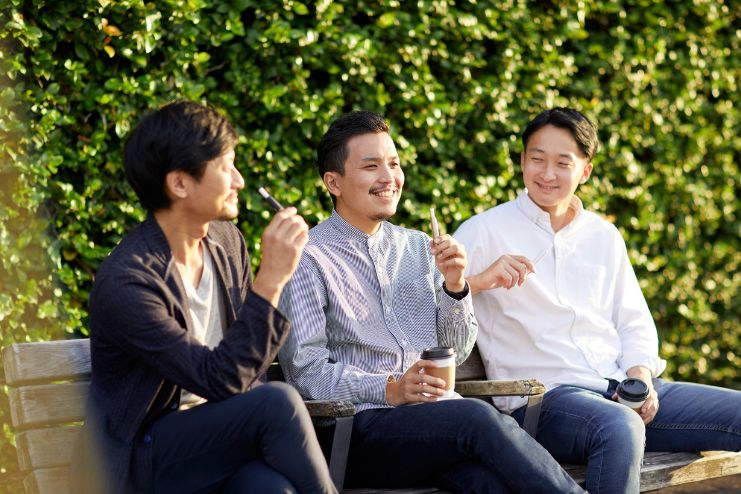
This wasn’t a break—it was a reset. And the adjustments weren’t small. They were huge.
- More Restorative, Deeper Sleep: No bright screens before bedtime meant no cortisol surge. I slept through the night and woke up rested, for the first time in a long time.
- Clearer Thinking and Focus: My brain no longer felt like a browser with 37 tabs open. I could hold onto a thought, work it through, and finish things without getting distracted.
- Deeper Conversations: I wasn’t half-present on calls or at meals. I was present—listening, laughing, and asking better questions. And others noticed.
- Inner Calm: The self-talk came at a slower pace. I was less reactive, less anxious, and my nervous system was not in hyper-alert mode.
I was happier, more relaxed, and in better mental health.
Read More: The Hidden Toll of a 24/7 World: Coping with Emotional Exhaustion
What Was Surprisingly Hard
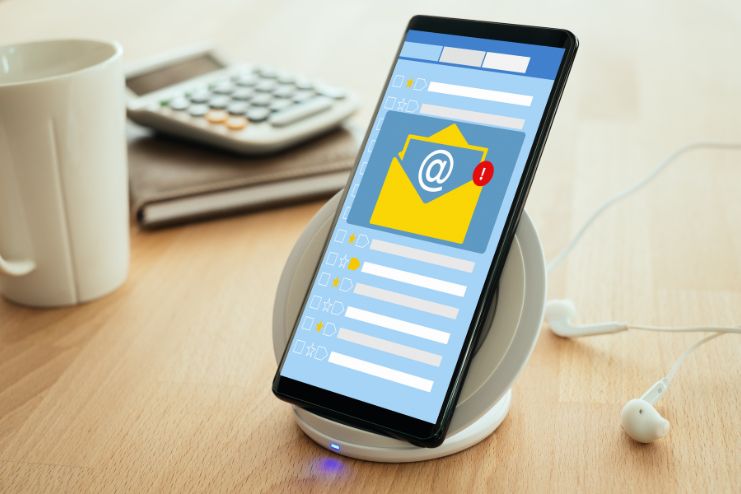
Let’s not beat around the bush—there were uncomfortable moments. Here’s what arose:
- FOMO Struck Hard: Around day two, I felt weirdly isolated due to the Fear Of Missing Out (FOMO). What if I was missing something crucial? A career update? A friend’s post? A humorous meme? But that fear melted away once I realized that the world might just be fine without me, and that was strangely liberating.
- Work was Sluggish: Without immediate responses, things felt clunky in some tasks. However, it also compelled me to plan more, batch things, and be less reactive. I discovered how to work by design, not by urgency.
- Nights were Boring: No content to read or watch meant I had to create or just be present with myself. Initially, that was uncomfortable. Later, this digital detox during the night became my best time of the day.
And perhaps the hardest realization? How deeply wired my dependence was. I wasn’t just checking my phone—I was outsourcing my focus, my boredom, my discomfort, and my joy.
Will I Go Back to My Old Habits?
No. At least, not completely. I’ve reinstalled a few apps, but with clear boundaries and a different mindset.
Here’s going to last:
- Screen-Free Mornings and Nights: My phone stays in another room until after I’ve journaled, stretched, or made my tea. I keep it away an hour before bed. A screen-free night is the best way to unwind after a hectic day.
- Time Limits on Social Apps: 15 minutes per day, max. If it’s not intentional, it’s not happening.
- No Phones during Meals, Conversations, or Walks: Presence is the new flex.
- A Full “phone-free” Day Once a Week: Sundays are now my reset button.
The detox taught me that I don’t need to ditch technology. I just need to rebuild my relationship with it. I want to be the one in control. Not the algorithm. Not the dopamine loop. Me.
Read More: Avoiding Your Cellphone Is Important To Catch A Mental Break, New Study Suggests
The Real Lesson

This 7-day phone detox was not about punishing myself, living off the grid, or making a point. It was about paying attention to what had quietly worn away over time—my attention span, my ease, my sense of presence. Not in any sensational way, but incrementally, like the background hum that you forget you’re even listening to until it’s suddenly silent.
It happens that simplicity doesn’t result from producing more. It results from taking away what is unnecessary. And in my experience, that was the continuous input—the scroll, the ping, the mental tab-changing that made me feel splintered.
I understood how frequently I’d been offloading my attention: to the next alert, the next post, the next fix of dopamine. The detox didn’t merely clear my calendar. It returned parts of myself, I hadn’t realised were missing. I felt lighter in my head, quieter in my feelings, and oddly complete.
And here’s the thing—when I stopped numbing every moment of boredom or discomfort with a screen, I noticed something unexpected: My mind started talking to me again. Not in the anxious, racing-thoughts way. But in a calm, intuitive manner. Like, “Hey, you’ve been avoiding that conversation,” or “You actually miss painting,” or even just, “It’s okay to slow down.” Now, when I reach for my phone, I pause. I ask myself: “Why?”Am I reaching for connection—or escape? Am I bored, anxious, lonely, or uninspired? That brief check-in has become a tiny ritual. One that invites me to choose intentionally, not automatically.
That, to me, is the real win: not digital abstinence, but digital awareness.
Read More: How to Reset Your Circadian Rhythm for Better Energy, Sleep, and Focus
Final Thoughts: If You’re Tempted to Try This…
Don’t overthink it. Don’t wait until a vacation or a weekend that has “nothing happening.” Simply choose any seven days and start.
At first, the shifts are subtle. But over time, they become impossible to ignore. My mornings were quieter, but lighter. I wasn’t launching into the day on autopilot, overstimulated. I slept better and woke up with energy that felt real, not just caffeine-fueled. My mind cleared, like water settling after a storm.
I grew more patient—not simply with people, but with life’s messiness. I began understanding that certain things take time.
Without the endless barrage of updates and opinions, I no longer gauged my day by what I posted or responded to. Instead, I began gauging it by how present I was during a conversation, a meal, or even a moment of quiet boredom.
And the most surprising thing? I found that I’m still interesting, even when I’m not “on.”
There’s a calmer, steadier, happier version of you beneath all the noise. It’s not gone—just waiting for you to look up.
References
- https://www.mindful.sodexo.com/challenge/7-day-digital-detox-challenge/
- https://www.sleep.com/sleep-health/doomscrolling
- https://www.calm.com/blog/social-media-detox
- https://toolkit.lifeline.org.au/articles/techniques/how-to-do-a-digital-detox
- https://www.jetlearn.com/blog/how-to-implement-screen-free-days
In this Article















